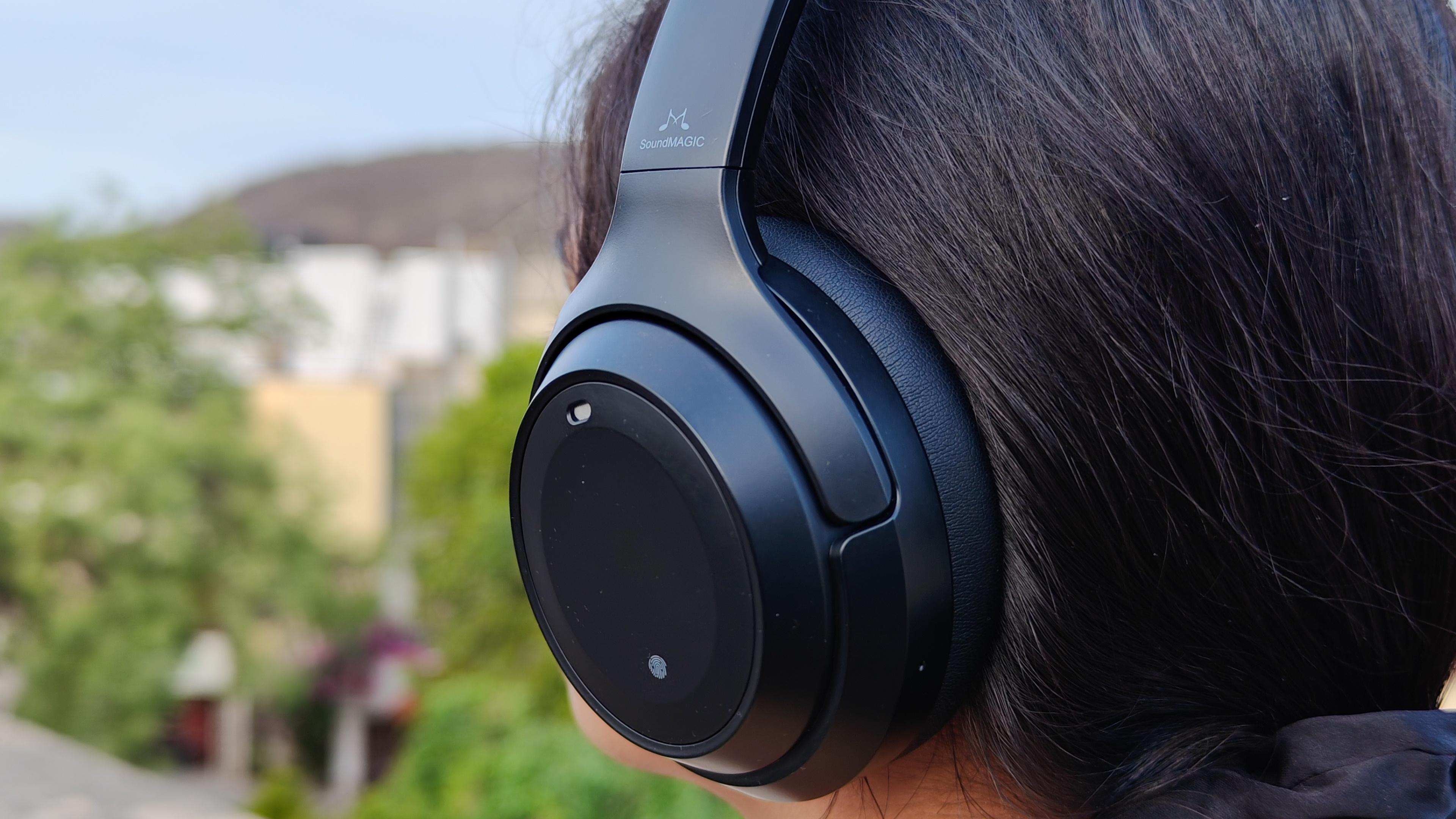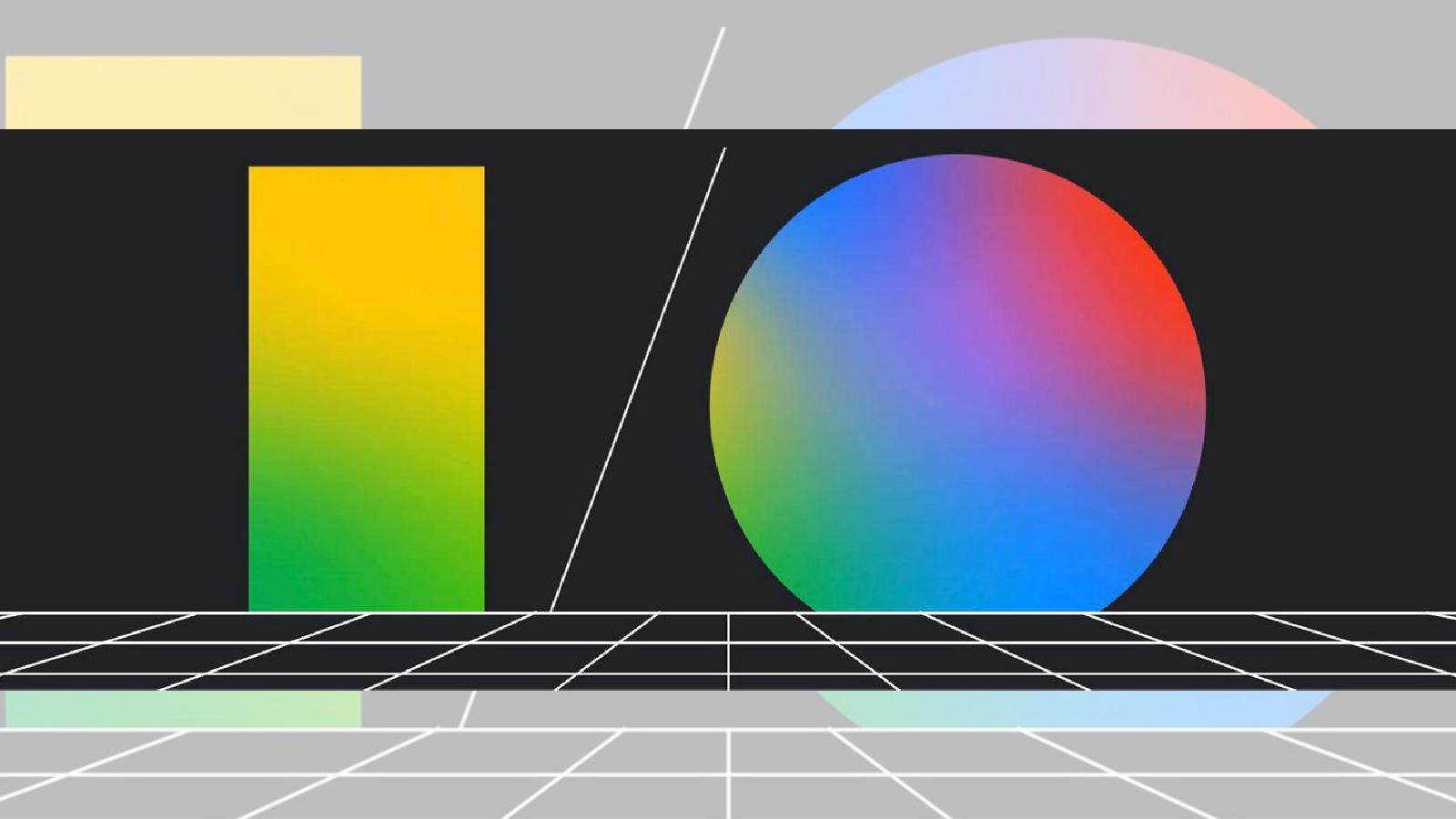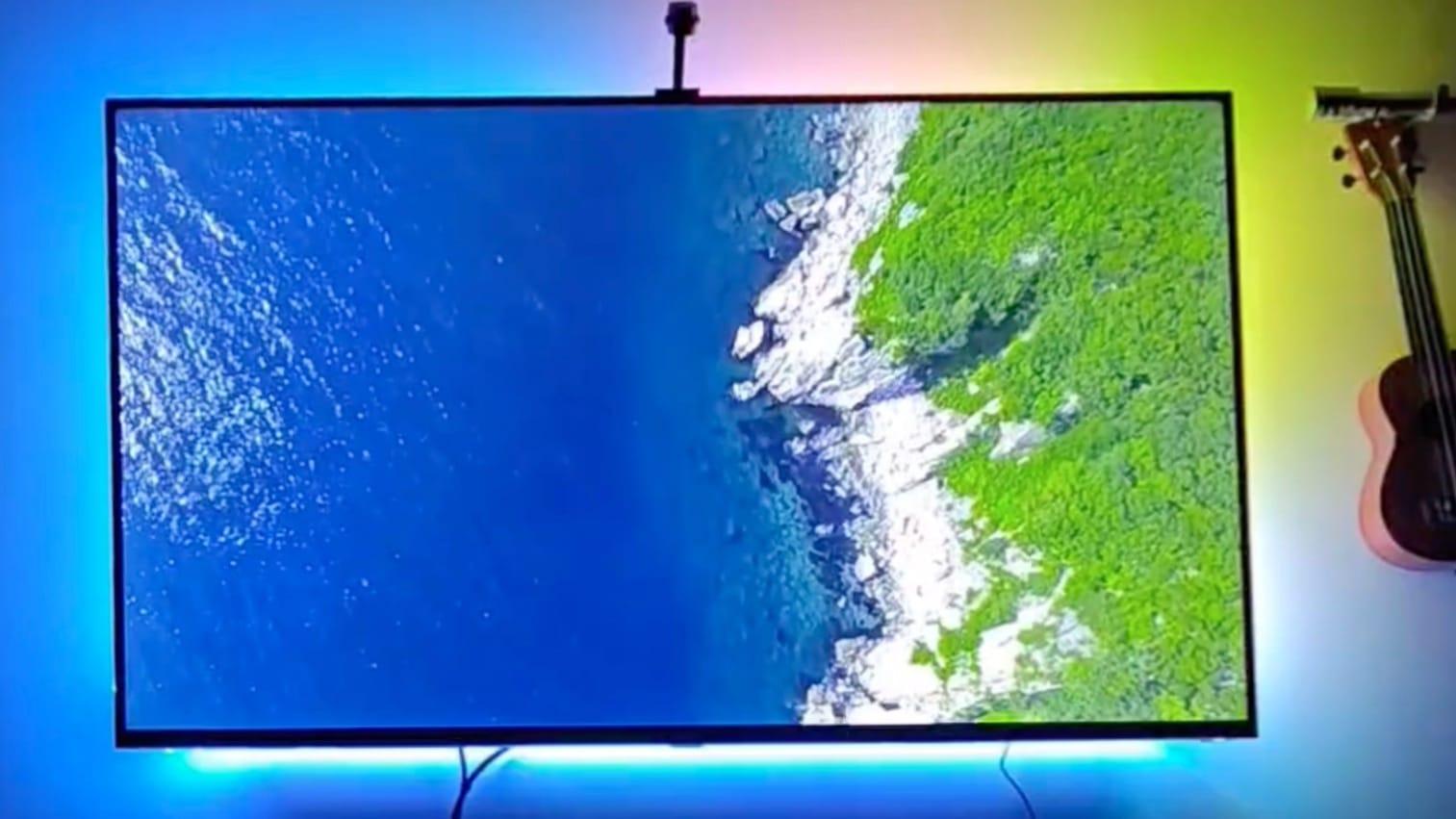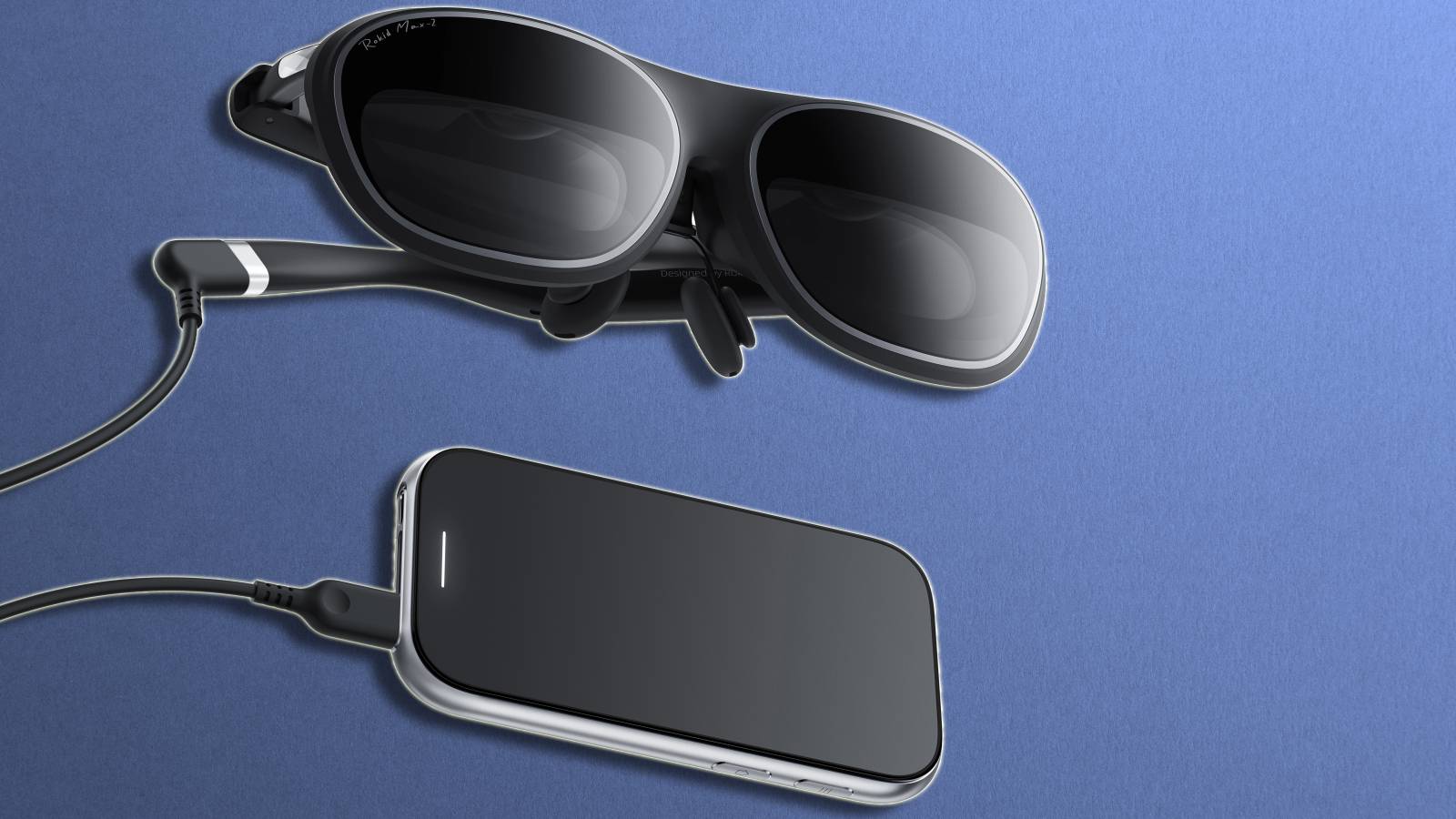What is Mini-LED? New TV & monitor tech explained
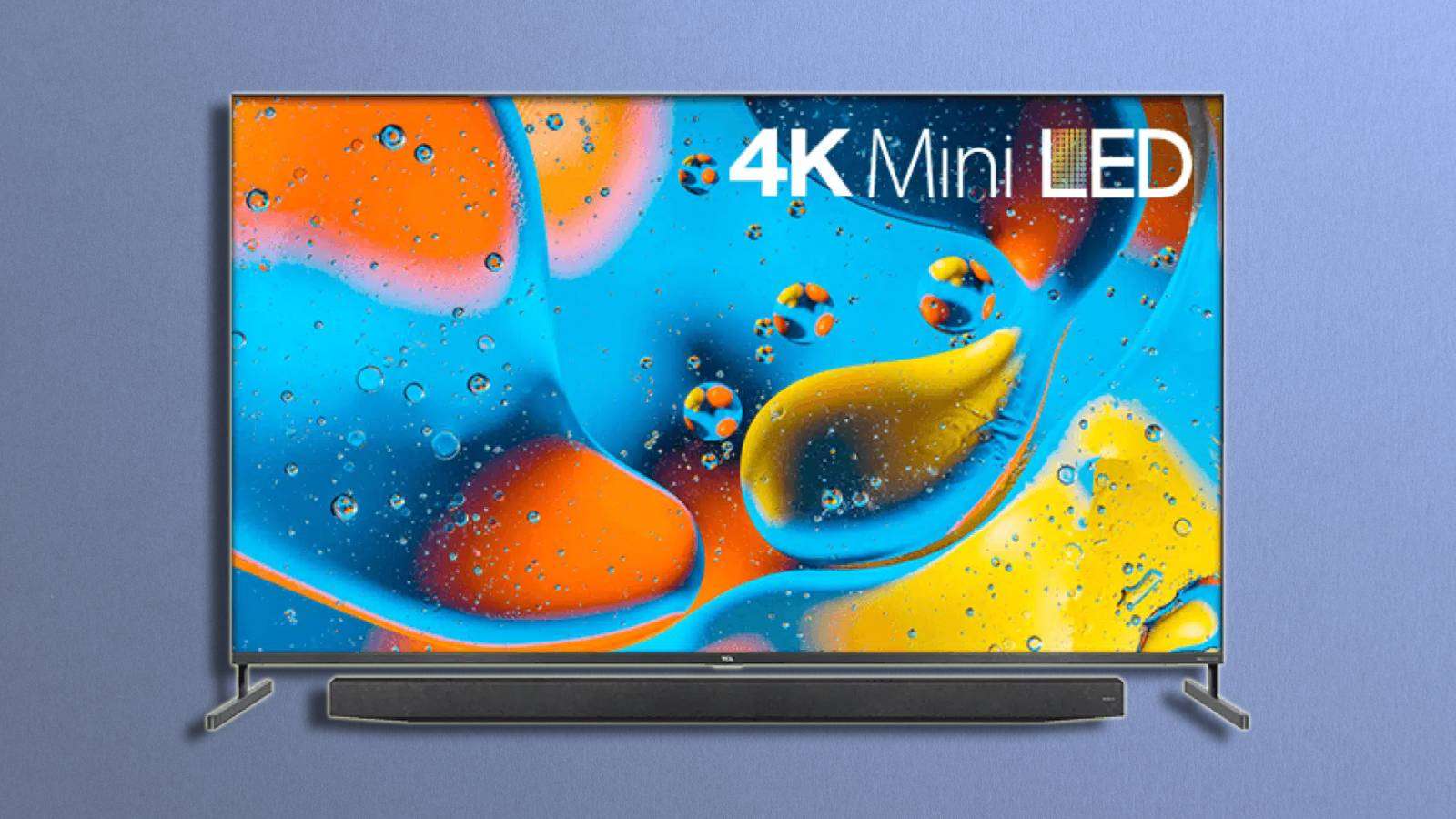
Curious about Mini-LED powered display panels? This explainer dives deep into Mini-LED’s significance, usage, benefits, and more.
Are you out in the market to get a new smart LED TV? If yes, then you’d have come across Mini-LED aside from the regular technologies like OLED, QLED, and LED.
While the other panel types have been around for a while, the Mini-LED tech is still fairly new, you’ll probably have seen it included with the latest smart TVs, tablets, and laptops.
Have you ever wondered what this new display technology that almost all brands, including Samsung, LG, Apple, and even laptop-makers, are drooling over? Is it some breakthrough technology that changes how we consume content, or is it another marketing gimmick that big tech brands have come up with to lure consumers into buying something new?
We try to find out everything about Mini-LED TV in this explainer. Let’s demystify this new piece of tech.
What is Mini-LED?
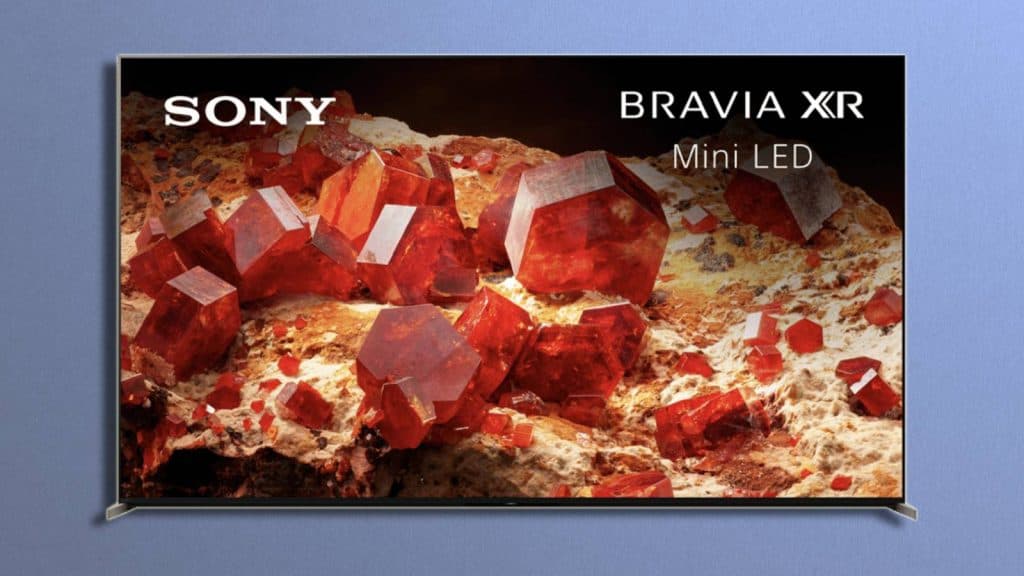 Sony
SonyMini-LED is a display technology that uses smaller light-emitting diodes (LEDs) when compared to a standard panel. This technology uses smaller LED chips to produce the same amount of light as the bigger chips.
At the core, Mini-LED panels are the same as any other LED panel, but since they are smaller, you can have thousands, instead of just hundreds, in the same volume of space. Since Mini-LEDs are compact, they can be packed in higher density to backlight screens.
How does Mini-LED work?
Imagine a small rectangular display with a few hundred LEDs at its back to light it up. These LEDs can produce enough light for the content on the display to show up, and the specific ones can also be turned off to create contrast.
However, if you somehow replace these LEDs with thousands in the same display panel, not only will it be brighter than before, but you’ll have better control over sections where the brightness needs to be dimmed, or where specific colors need to be displayed.
The benefits of Mini-LED displays
- Deeper blacks and higher contrast ratios: With thousands of local dimming zones, Mini-LED can achieve much darker blacks and higher contrast than regular LED-backlit LCDs.
- Brighter highlights and improved HDR performance: The tiny LEDs allow for brighter maximum light output from individual zones for more dazzling highlights and better handling of HDR content.
- Better shadow details: The high contrast and localized dimming help retain more detail in dark scenes and shadows compared to standard LED-backlit displays.
- Wider viewing angles: Unlike OLED, Mini-LED displays have consistent image quality from almost any viewing angle with brighter and more accurate colors.
- Local dimming without haloing: Fine-grained control reduces light bleed and brightness halos around bright objects compared to edge-lit LED backlights.
- Thinner panels: Mini-LED’s smaller size allows for thinner TV and laptop designs compared to regular backlighting systems while maintaining high brightness.
- Cheaper than OLED: The smaller LED panels use fewer materials and are cheaper to build than OLEDs. Mini-LED also provides many of the contrast benefits of OLED at a lower price, making it an attractive premium LCD option.
- Longer lifespan: Mini-LED backlights are rated to operate longer without degradation, much longer than OLED panels. There is no pixel burn in Mini-LEDs, as reported in OLED panels.
Mini-LED in TVs
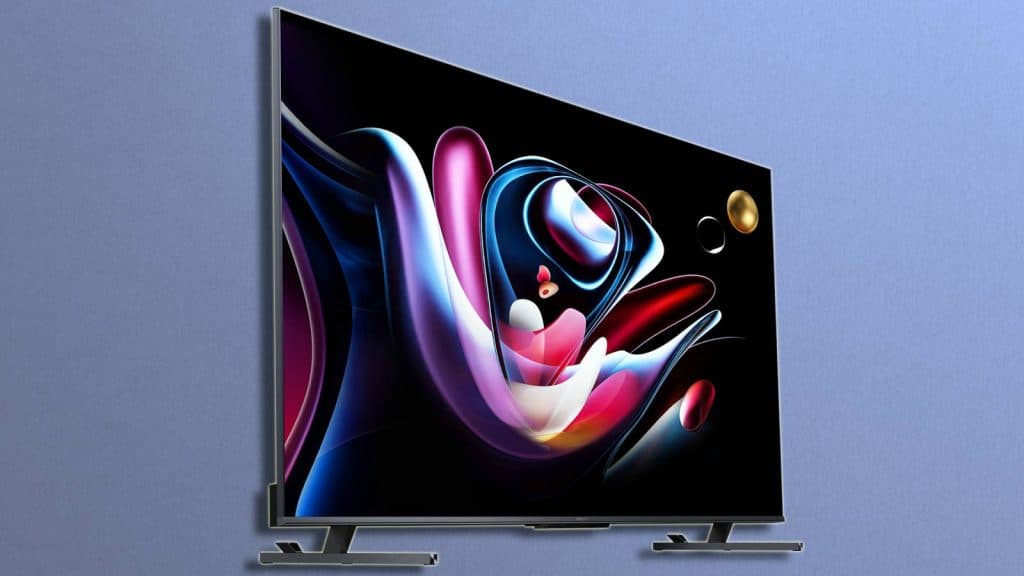 Hisense
HisenseThe most common usage of Mini-LEDs is in smart TVs that power your home entertainment setup. These panels are increasingly adopted by mainstream brands like Samsung, LG, Sony, TCL, and more in their high-end lineups.
One of the primary reasons behind this increased adoption is that Mini-LEDs offer similar picture quality as OLED, but at a fraction of their cost. You get flagship features like brighter pictures, deeper blacks, HDR10+, Dolby Vision, 120Hz support, and more at a much more affordable price.
Since then, the technology has been used in many high-end and premium TV lines from top brands, gradually bridging the gap between LCD and OLED qualities.
Mini-LEDs in tablets & laptops
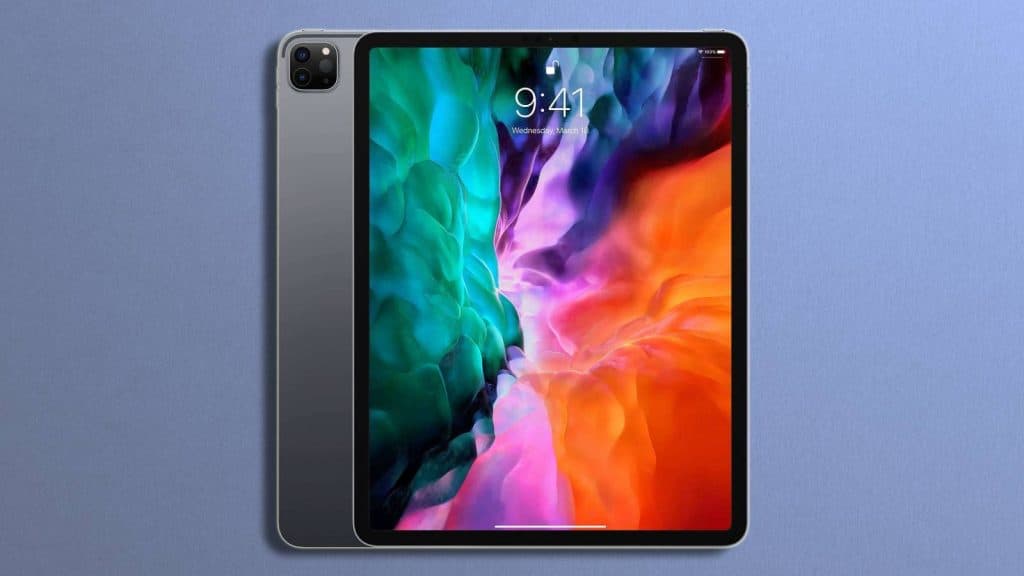 Apple
AppleMini-LED improves visuals in critical areas like HDR, color work, and viewing flexibility desired by laptop, desktop, and tablet users. Since the displays powered by Mini-LEDs are thin and require less space, they are ideal for computing and personal handheld devices.
Besides the improved performance, Mini-LED panels have helped reduce the costs of premium products. Apple was one of the early adopters of Mini-LED for its iPad lineup. It is also rumored that Apple’s upcoming MacBook might feature a Mini-LED display.
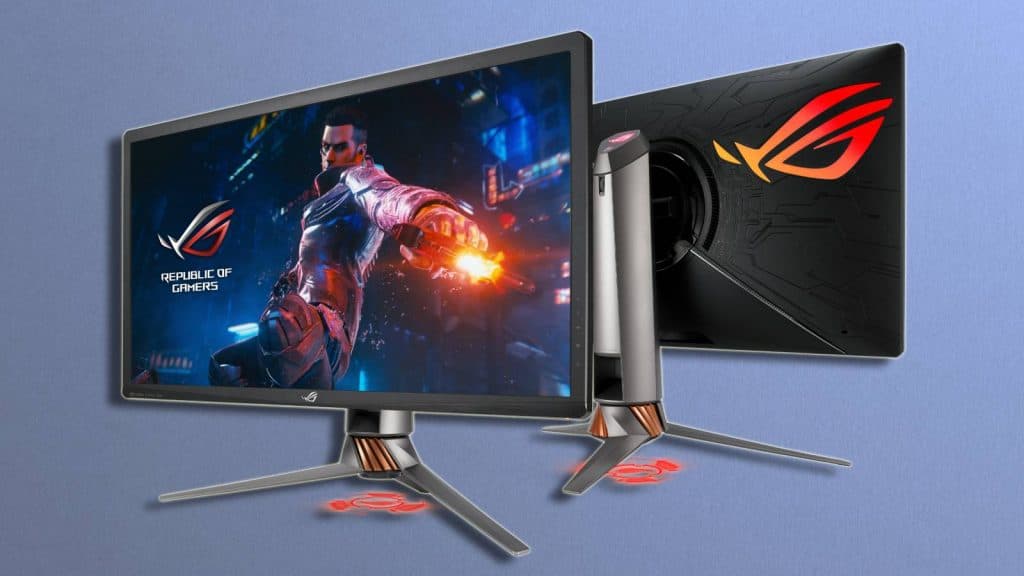 Asus
AsusBrands like Lenovo, Dell, HP, and MSI have launched high-end laptops with Mini-LED displays. They offer improved black levels, HDR pop, and viewing angles ideal for productivity and creative work.
As Mini-LED helps deliver exceptional color accuracy required for tasks like photo/video editing, various brands have started using these displays in their professional range of monitors.
Should you buy a Mini-LED TV in 2024?
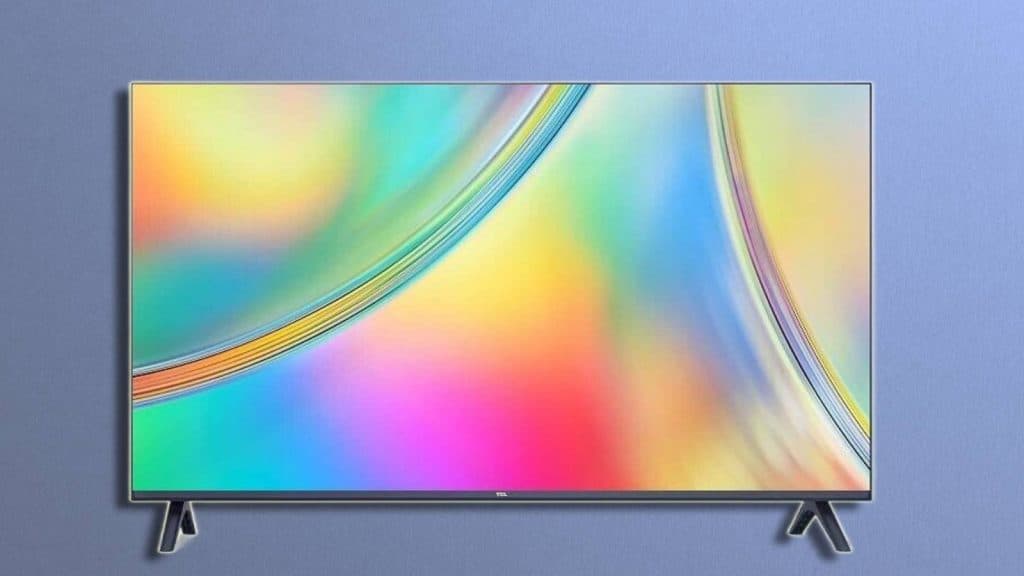 TCL
TCLIf you prioritize future-proofing, stunning picture quality, and budget isn’t a major concern, Mini-LED could be an excellent choice. However, other options might be more suitable if cost is an important factor or your viewing habits don’t necessarily demand the best picture quality.
Do your research, compare different models and prices, and consider your needs and usage patterns before deciding.
Here are some additional factors to consider:
- Budget: A high-end LED TV might offer decent value if budget is a top concern. However, if you prioritize cutting-edge technology and picture quality, Mini-LED could be worth the investment.
- Viewing habits: If you watch primarily movies and HDR content, Mini-LED’s superior brightness and contrast will shine. Traditional LED or OLED might be suitable options for mixed usage or static content viewing.
- Content consumption: Mini-LED excels with HDR content, but if you primarily watch standard definition or older shows, the benefits might not be as significant.
